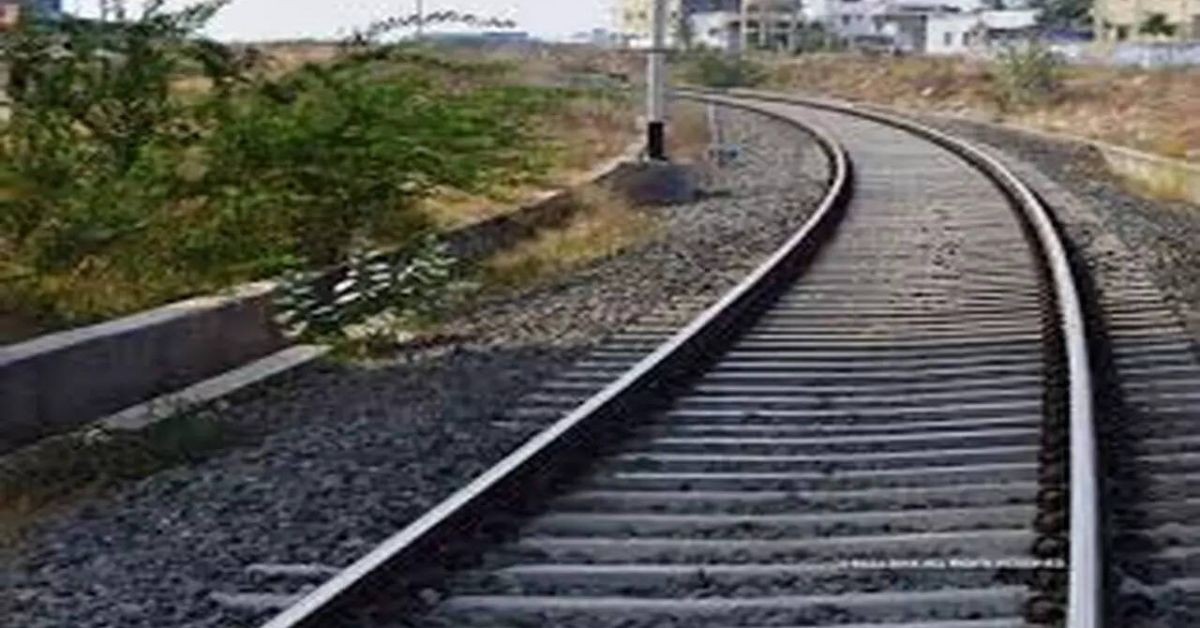As the Railway Board reviews Southern Railway’s Rs 365.42 crore plan to add third and fourth lines along the 22.52 km Attipattu–Gummidipoondi segment, Chennai’s overcrowded train corridor may soon see some respite. This project, which is a component of the national multi-tracking plan, is essential to clearing one of the busiest suburban and freight sectors on the Delhi–Chennai route. The green light could significantly increase operating efficiency, as infrastructure is almost at capacity and freight volumes are already on the rise.
An essential link for Chennai’s suburban rail system and the larger freight traffic on the Delhi–Chennai route is the Attipattu–Gummidipoondi section. It connects key locations such as the ports of Ennore and Kamarajar, the SIPCOT Industrial Park, and the thermal power plants in North Chennai. This corridor, which is now running at full capacity, is expected to reach 107% utilization by 2027–2028.
Southern Railway’s multi-tracking proposal aims to address this imminent congestion by laying third and fourth lines over the 22.52-km stretch. Submitted under India’s national multi-tracking programme, the project has secured endorsements from key railway departments. With economic and financial rates of return estimated at 28.88 per cent and 15.84 per cent respectively, the proposal is economically sound. Railway authorities have completed the final location survey and confirmed there are no significant land acquisition issues, paving the way for rapid implementation once formal approval is granted by the Railway Ministry.
The urgency for infrastructure expansion is underlined by rising passenger volumes and increased freight demands. Recent upgrades to Chennai’s suburban train services—from nine-car to 12-car EMUs—have stretched the existing network’s capacity. Meanwhile, an expected annual freight boost of 8.71 million tonnes makes the multi-tracking initiative all the more pressing. Once operational, the upgraded corridor would significantly reduce train detention times, improve line capacity, and enhance logistical efficiencies for industrial and port-linked freight. The project is not just a regional necessity but also a strategic infrastructure intervention for national freight corridors. With approvals from various departments already in place and no land bottlenecks reported, the final nod from the Railway Ministry could unlock timely execution. Authorities view this corridor as a test case for rapid infrastructure modernisation in India’s urban-industrial belt, with potential ripple effects on port throughput, industrial supply chains, and suburban connectivity.
As Southern Railway’s Rs 365.42 crore multi-tracking proposal nears final approval, Chennai stands at the brink of a major rail infrastructure upgrade. With both suburban and freight operations straining under peak loads, the expansion along the Attipattu–Gummidipoondi corridor promises vital relief. The absence of land acquisition delays and strong economic returns offer a rare opportunity for swift execution. Once cleared, the project could become a model for easing bottlenecks across high-density rail corridors in India, enabling faster, cleaner, and more efficient movement of goods and commuters through one of the nation’s most industrially active zones.









